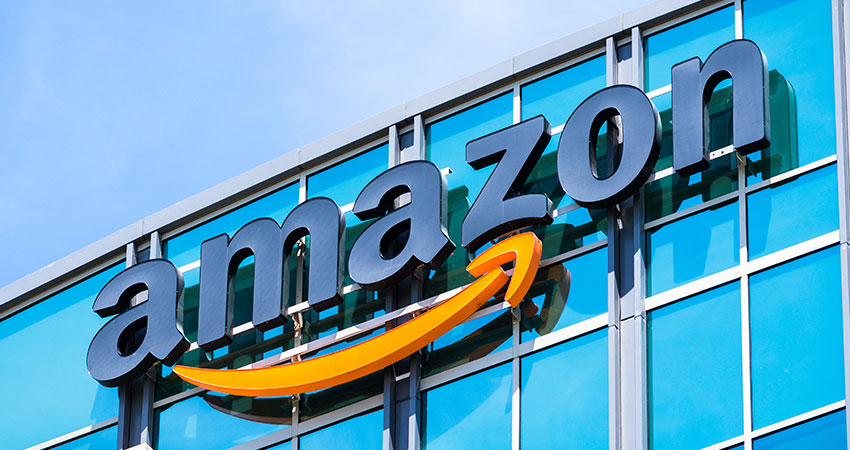Amazon plans to open a chain of grocery stores in the U.S. beginning with locations in Los Angeles, Chicago and Philadelphia, according to The Wall Street Journal.
The company has signed leases in the Los Angeles area, with the first few stores planned for the dense suburban locations of Woodland Hills and Studio City. More specifically, the Woodland Hills location will be on North Topanga Canyon Boulevard.
Building and safety departments recently granted permits to Amazon-hired contractors to change the façade and start electrical work at Woodland Hills site. The filings also show a substantial kitchen, indicating that the store will have prepared foods.
The location was previously occupied by Toys “R” Us. Amazon is also looking at locations in the New York metro area, New Jersey and Connecticut.
The Wall Street Journal reported that many of the proposed locations are outside urban centers and cater to middle-income consumers. The company currently has 16 Amazon Go stores where customers can grab ready-to-eat food and grocery purchases checkout free.
Amazon also has four Amazon 4-Star stores with products rated 4-stars and above on the Amazon site, and 18 Amazon bookstores.
Amazon is expected to open its first Connecticut Amazon 4-Star store in the upcoming SoNo Collection shopping mall in Norwalk by the end of the year.
The Wall Street Journal reported that while the brick-and-mortar side of the business is small, it is edging up. In the second quarter, net sales from Amazon’s physical stores rose 1% to $4.3 billion from a year earlier compared to 16% growth recorded in its online stores.
Sales in its physical stores include items that customers select in the store, but exclude purchases made online and picked up at the store.
The grocery stores are expected to be located in strip centers and open-air shopping centers and occupy between 20,000 to 40,000 square feet. They are not expected to compete with Whole Foods, which Amazon purchased in 2017.
Previous reports of the new grocery chain indicated that inventory between Amazon and Whole Foods could be shared between locations. It was reported Amazon was looking to hire store designers to create “multiple customer experiences under one roof.”
Amazon has had difficulty integrating Whole Foods, including cultural differences and pricing challenges. Average prices have fallen about 2.5% since the 2017 acquisition, according to Gordon Haskett Research Advisors, as Amazon has increased sourcing from major distributors and cut back on local farms. Amazon offers home delivery from Whole Foods in 90 cities.
An internal memo from 2017 said Amazon would need 2,000 stores to be competitive in the grocery space. Whole Foods has about 500 U.S. stores, compared to 5,000 Walmart, 2,800 Kroger and 1,200 Publix locations.
Senior Content Manager Michael O’Brien contributed to this article

